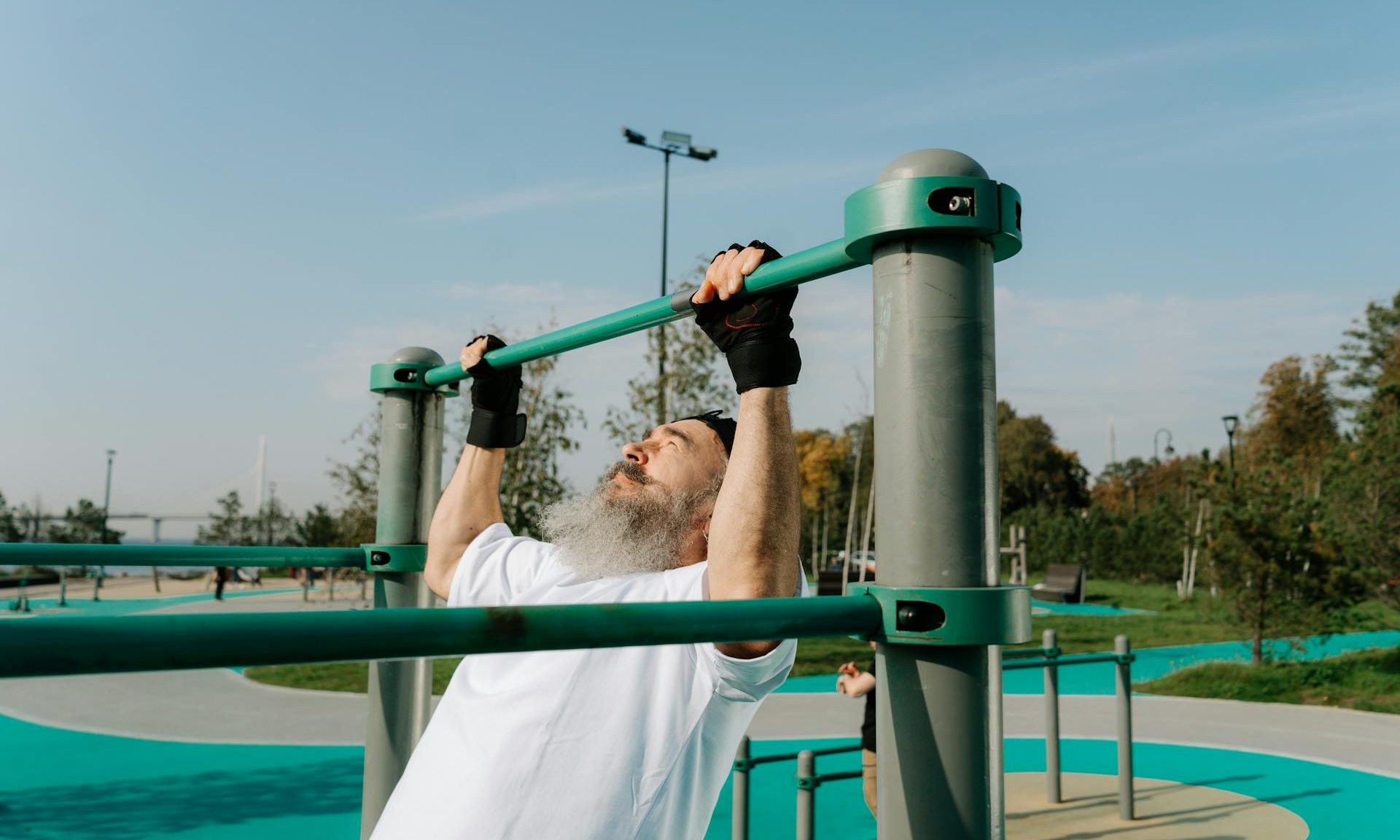We often hear fitness buffs discussing bulging biceps, toned triceps, and how to build tree trunk legs on leg day. What’s equally important but not as widely discussed is grip strength. You use your gripping muscles in your hands and wrists every day when you’re doing your functional tasks and when you’re in the gym powering through a deadlift or doing HIIT battle rope exercises like slams, waves, or pulls. Let’s explore the latest research and the importance of grip strength.
Correlations and vital signs

Many healthcare providers use grip strength as an indicator of overall health, much like blood pressure, pulse, body temperature, and other vital signs. Researchers found a correlation between low hand grip strength and various conditions, including heart disease, liver disease, stroke, sarcopenia, and fragility fractures.
Researchers also found a correlation between low hand grip strength and increased hospitalization, as well as a lower quality of life. It reflects muscle strength and general health. In other studies, researchers associated low grip strength with poor mental health. For example, a study of 34,129 older adults revealed that those with weaker gripping power were 1.45 times more likely to get depression.
A sense of independence

Especially for older adults, a firmer grip allows for greater independence, as they can continue with their daily tasks and chores.
How can you test your grip strength?

A simple grip strength test only takes a few seconds, but it could tell you a lot about your health. Most doctors provide handheld dynamometers — a tool you squeeze in your hand to measure grip strength. Typically, you’ll be sitting down, holding your arm at 90 degrees, and you’ll squeeze the dynamometer for three seconds to generate results, which are in pounds or kilograms. In many cases, you’ll repeat the test three times to get an average reading.
What’s a normal grip strength for men?

The normal grip strength varies depending on gender, age, which hand you use, and which type of dynamometer. Providers use a handgrip strength of below 26 kilograms for men and 16 kilograms for women to help diagnose sarcopenia, which is a condition involving a progressive, age-related decline in muscle strength and mass that can lead to a heightened risk of falls as well as a lower quality of life and physical function.
If you don’t have a dynamometer, you can get an idea of your gripping power in other ways. For example, the longer you can hold an object like a water bottle at arm’s length with your arm extended, the more powerful your grip.
Quick tips to enhance your grip strength

You can work on improving your grip strength in different ways, such as doing weighted wrist curls, Farmer’s Carry, and kettlebell swings. You can also find little gripping tools or stress balls that are squishy and allow you to practice gripping and releasing, even while you’re watching TV.




